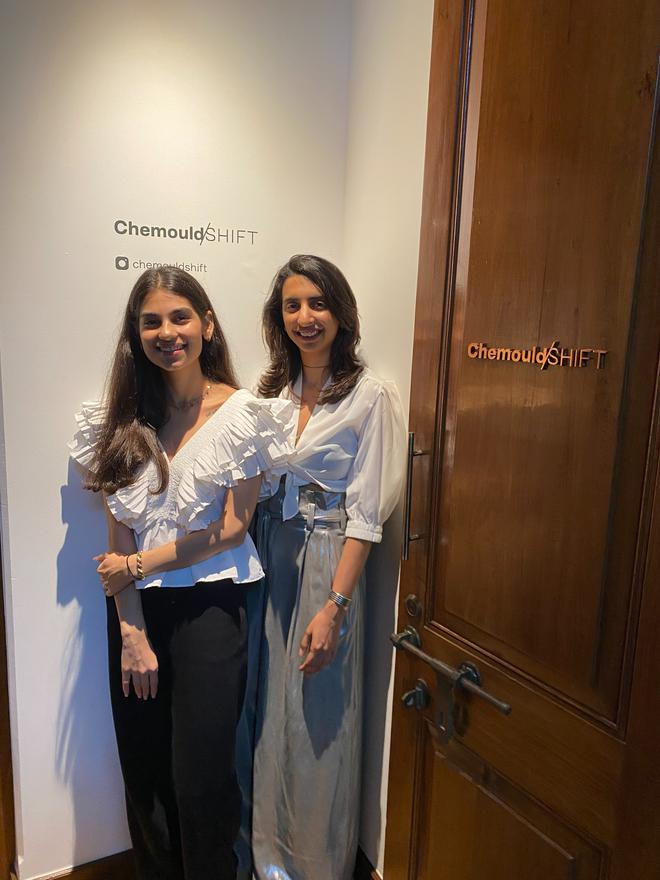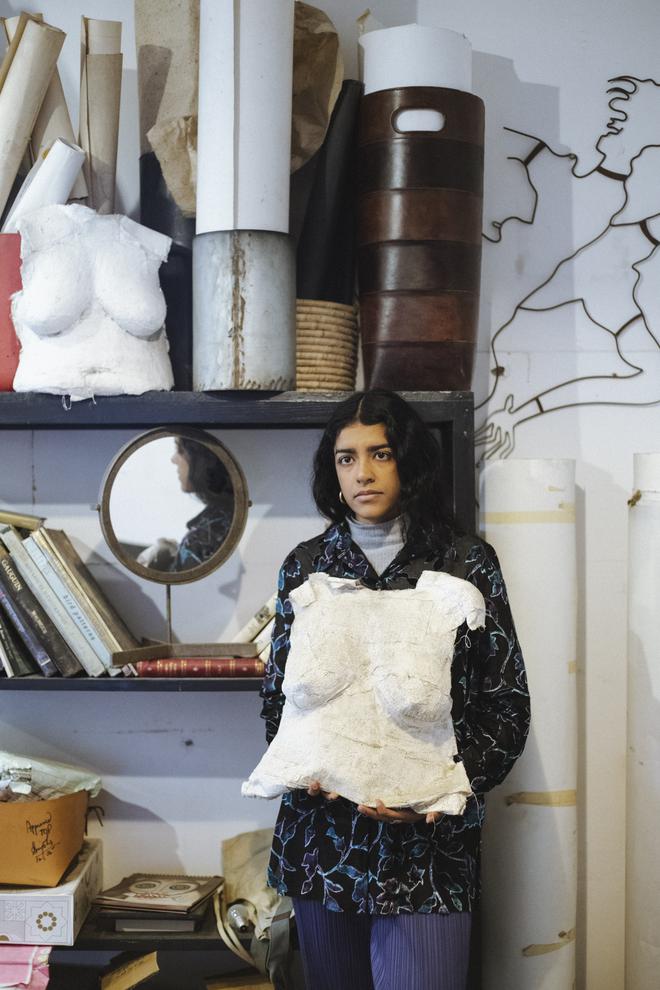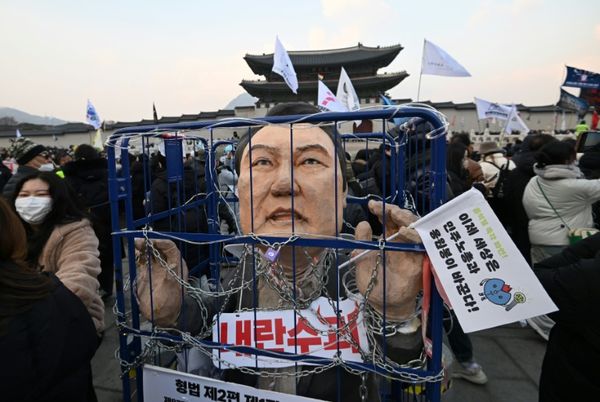At Mumbai’s Chemould/Shift, a gallery space, which is an extension of 59-year-old contemporary art gallery Chemould Prescott Road, textile artist Gurjeet Singh makes emotive soft sculptures out of discarded pieces of printed cloth.
A metaphor for rejection of the flawed, his choice of material manifests emotions triggered by childhood memories of bullying and harassment. Born and raised in Punjab’s Algon Kothi, a village nearly 50 kilometres from Amritsar, Gurjeet shares how he relates to the feeling of being ousted, just like the rejected pieces from the flawlessly consistent bolts of fabric. “They called me girlish. They would tease me, forcibly kiss me, touch me and harass me. Often, I would go home and cry,” recalls the 27-year-old Chandigarh-based artist.
The youngest among his siblings (four sisters and a brother), Gurjeet feels he’s lucky to have studied at Chandigarh’s Government College of Art. “In cities, it feels like you’re living in the 21st century, which is not the case in villages. They are centuries behind us, as far as people’s thinking goes. Art is a vent to my experiences, especially the ones I went through in school. It has saved me from getting buried under the weight of my emotions,” he says, at Sugra Manzil, a century-old residential building in Colaba, which houses Chemould/SHIFT that was started in March by Atyaan Jungalwala and Sunaina Rajan.
A platform for young artists
“Through this new gallery space, we want to support breakthrough young artists at the start of their careers. For our first set of resident artists, we wanted to have people who are working with different materials and mediums. We wanted them to share the same space and experiences ,” says Sunaina. The gallery has decided to host a summer residency programme, spanning eight to 12 weeks every year. “The artists are provided with a place to stay and a studio space where they can work,” she adds.

As one of the three artists invited for the gallery’s first three-month residency, Gurjeet says he has made about five soft sculptures since he moved to Mumbai in May for the residency. “The story behind the sculptures is about a Punjabi boy who I call Kirat. Kirat writes about queer people of Punjab. One of his stories is about a dream. It’s about how the smallest of experiences leave a lasting impression on the subconscious. I am recreating the expressions of characters in the dream with rejected pieces of fabric from thaans (bolts). I feel the material is much like me,” he says. Gurjeet doesn’t just want to question gender norms and perceptions, but also the idea of beauty and perfection. “From where I come, dark-skinned people are often told they won’t get married. I want to question the idea of beauty, not just gender perception through my work,” he says.
A utopian space
At a visible distance from Gurjeet, Delhi-based visual artist Tarini Sethi (32) is making iron-and-shadow art installations at the gallery, using acrylics, welded iron and laser-cut metal. Art runs in her family. “My father is a product designer and my mother runs an NGO that revives languishing crafts. I have always been eccentric and strange. Through art, I express imaginative spaces where everything is almost perfect,” she says. Most of her art revolves around the idea of utopia. She draws inspiration from myths and folk tales. “A lot of my work is based on my dreams. I express the imbalance of human relationships and create installations where sculptures cast shadows of a utopian space, sort of an alternate realm, on the wall,” she says. A commentary on human-nature relationships, Tarini’s art reflects the idea of a perfect world, where love and kinship take centre stage.

While Gurjeet and Tarni continue their residency at the gallery, Mumbai and UK-based visual artist Rithika just completed her residency a few weeks ago. Her art draws from the personal, the mythological, and the scientific to navigate the mystical spaces of human entanglements. Portraying issues around hybridity, displacement, futurity and femininity, her painted worlds become sacred spaces holding events where boundaries are transgressed, and transformations are imminent. These imagined worlds propose interstellar realities, occupied by potent psychological tropes. Her work highlights the nature of companionship, recovery and opens up allegorical possibilities of a future that goes beyond apocalypse as an endpoint.







